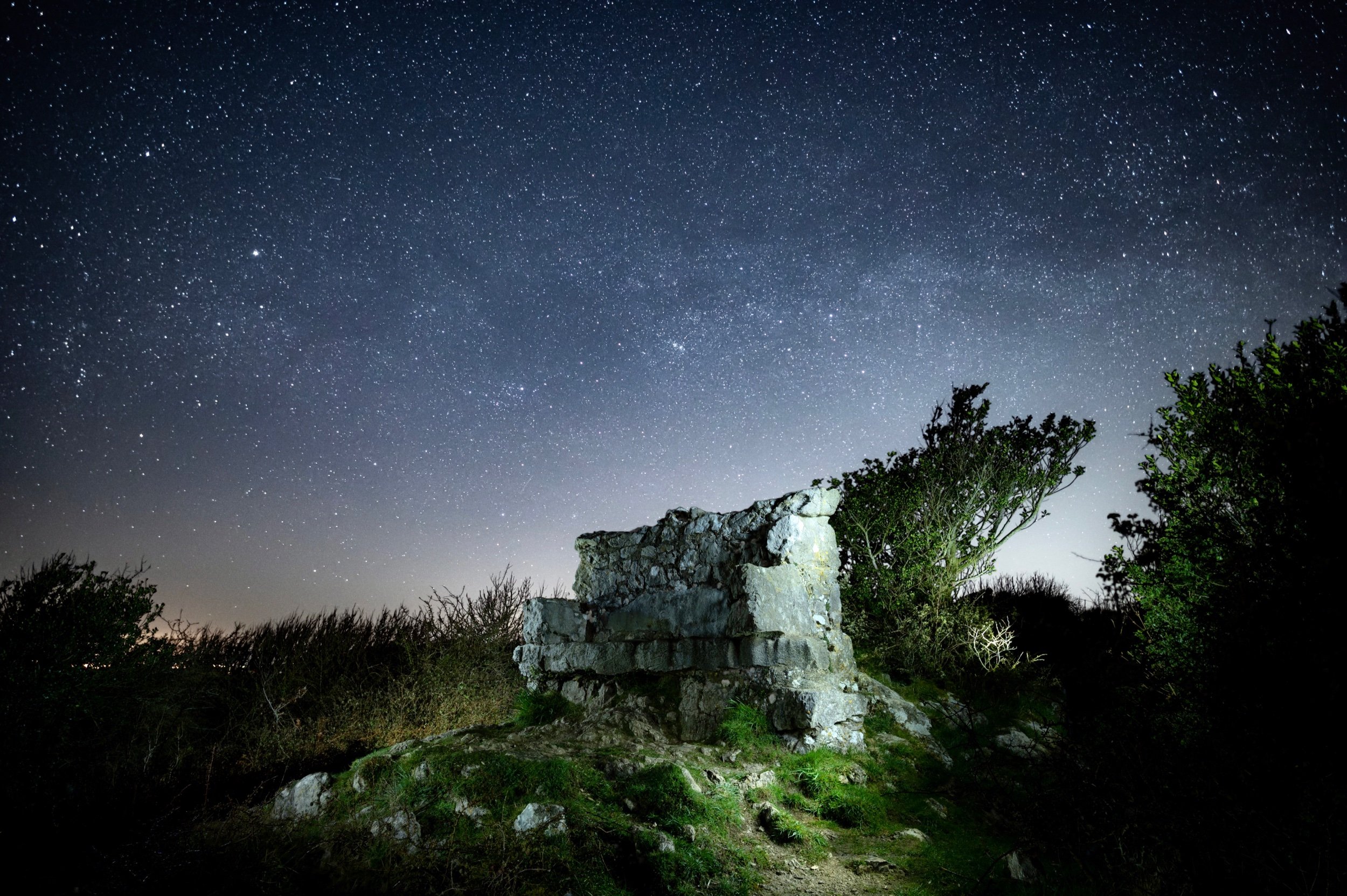There has always been a lot of talk about using photoshop and digital manipulation of photographs. A lot of people think that if you do any sort of editing on your images than you are in some way cheating the viewer into seeing something that isn’t true to life.
In one way or another all photographs are edited in some way. Even with film photography, you still have to go through the dark room processes of exposing the negative onto photosensitive paper which, depending on how long you expose it for, you can get very different results, hence editing the final image.
With digital photography every time you click your shutter button, the processor in the camera has to edit the data from the sensor to create the image.
Cameras also don’t see things the way the human eye sees things, in terms of dynamic range (the tonal range of light you can see from pitch black to pure white) a human can see anywhere from 20 to around 24 stops of light whereas even the best camera on the market nowadays can only capture around 15 maybe 16 stops of light. With a cheaper point and shoot camera you may only get 8-10 stops of light. This means that when you take an image on your camera, it will probably not look like how you saw it with your naked eye. So if you wanted to make the photo look like as you saw it at the time you would have to manipulate the image in some way.
Many different photographers like to edit to varying different degrees, some like to use as little processing as possible, whereas some like to push it as far as they can. Neither way is wrong at all, seeing as photography is an art form (this is a subject for another blogpost!) and is subjective, there is no right way and wrong way, just different ways. If I were to edit an image one way, another photographer might edit it in a completely different way in order to get a different feel to the final image.
I generally like to edit as little as possible as I’d rather be out taking the photographs rather than sat in front of a computer editing the images. There are always photos that take a little more processing than others as well, normally my astro images will take a lot longer with more editing steps to make them look how I want them to look. Usually with astro photography (depending on what look you are going for) you would take more than one image and blend them together to make a final image, be it one photo for the stars and one for the foreground, or possibly many photos of just the stars in order to retrieve the details and reduce noise in the final image.
You can even go as far as composite images by which I mean taking parts from different photographs and putting them into a single image. This is not something I do a lot of and can be frowned upon by some, especially when it comes to photographic competitions. But again I believe that if the photographer wants to do that, then that is their prerogative. The only thing I don’t like is when the the photographer tries to pass the image off as something its not, for example telling people that the image was a single shot image whereas it was actually a composite image.
Some people may say my astro images are composites as they are made up of more than a single image but I think I would call these blended images as they are different exposures of the same scene at the same time. I only do this is only because getting the image in one single exposure just would not work.
I believe that as long as you are transparent with people asking about your editing, however much you do, then there is no problem.
End of the day, it’s up to the photographer.












































































